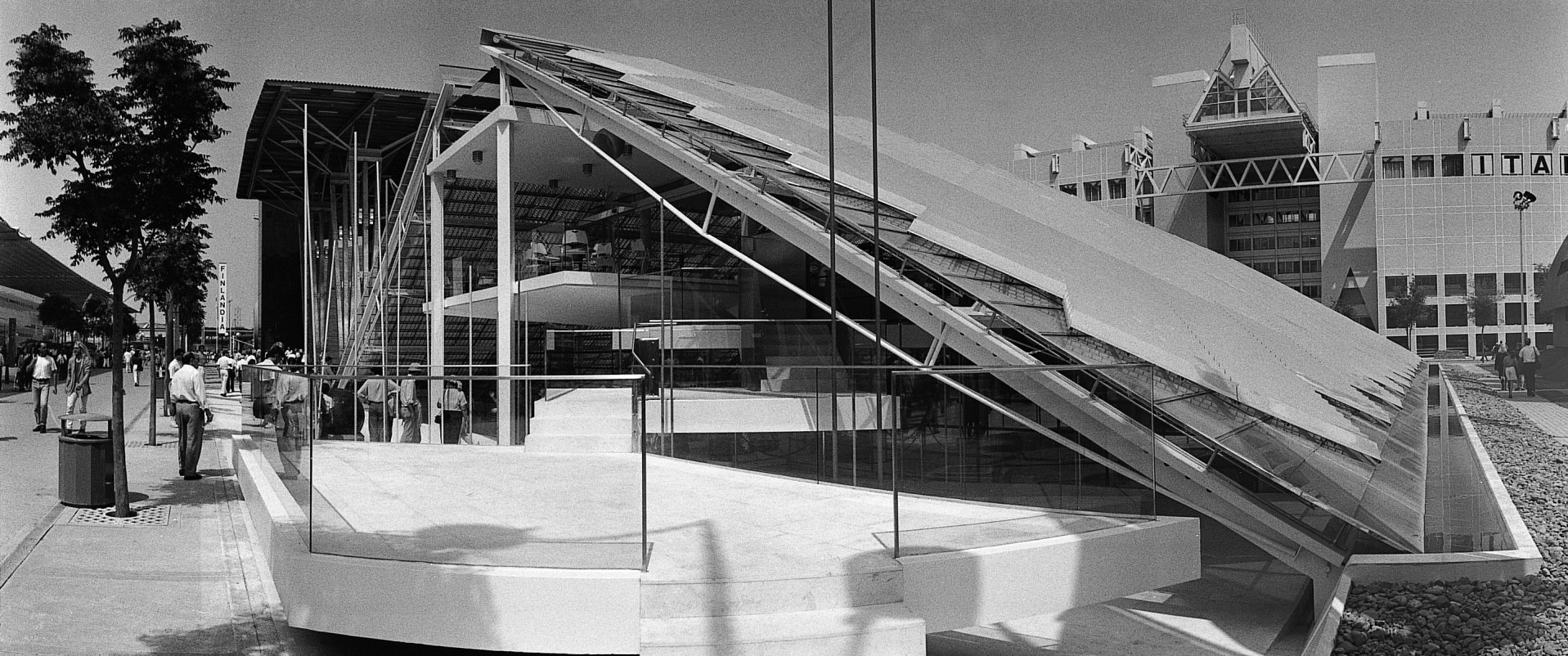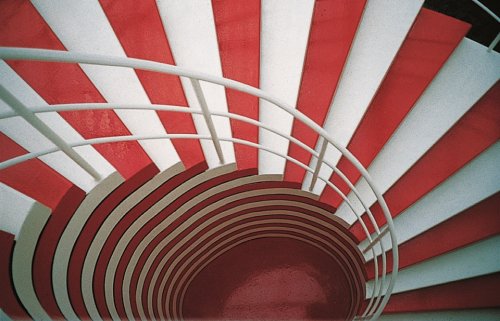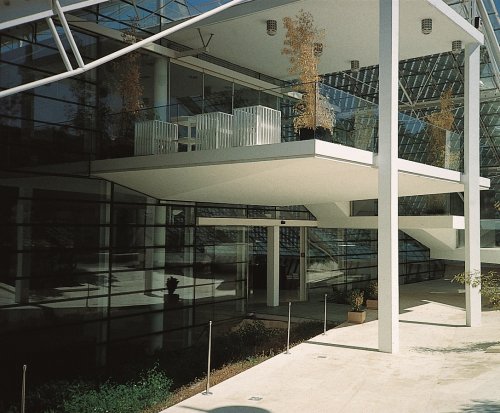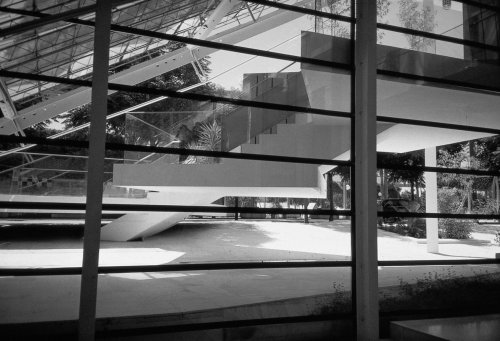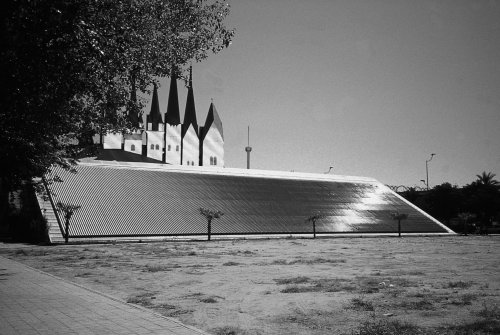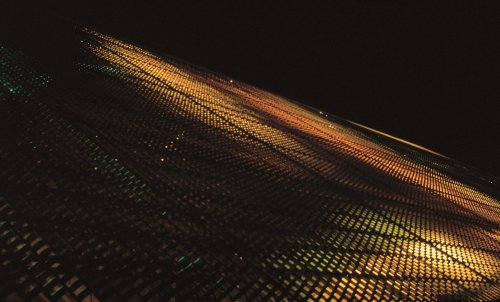EXPO ´92
1989-92
1989 Competition 1st Prize
Seville is known as Europe's hottest town. The Pavilion was designed to be as light as day and is characterized, in particular, by the lack of intention to apply it as a physical cover for its contents.
Its "skin" was invented by the Austrian lighting engineer Prof. Christian Bartenbach. A 10 mm transparent reflective plate was meant to reverberate 85% of the insolation, merely zenith light thus falling into the Pavilion. In the heat of Seville, a piece of Austrian landscape would be presented as an optical attraction, a synonym for the value of rest and relaxation associated with refreshing nature. An intelligent and utterly effective installation, the Pavilion was implemented eight years later, at EXPO 2000, as a "denatured" foam rubber landscape under a hall's closed roof.
Water from the artificial ponds in front of and inside the Pavilion was intended to flow over the roofings in order to cool the material and simulate clouds moving past. By means of a special polaroid sheet on the roof's inside face, visitors were to be informed of cultural events in optical succession, without a loss of transparency for the roof. Finally, an attempt was made to demonstrate the opposition between the natural landscape and building geometry. The production planned an inclined access to the Pavilion, leading from the adjacent avenida down to the exhibition. The Pavilion's traversal over bridges, footpaths and stairways was continued upwards, at the gallery level, from which one could step outside, through the restaurant or by passing it, to again reach the avenida over stepped terraces.
